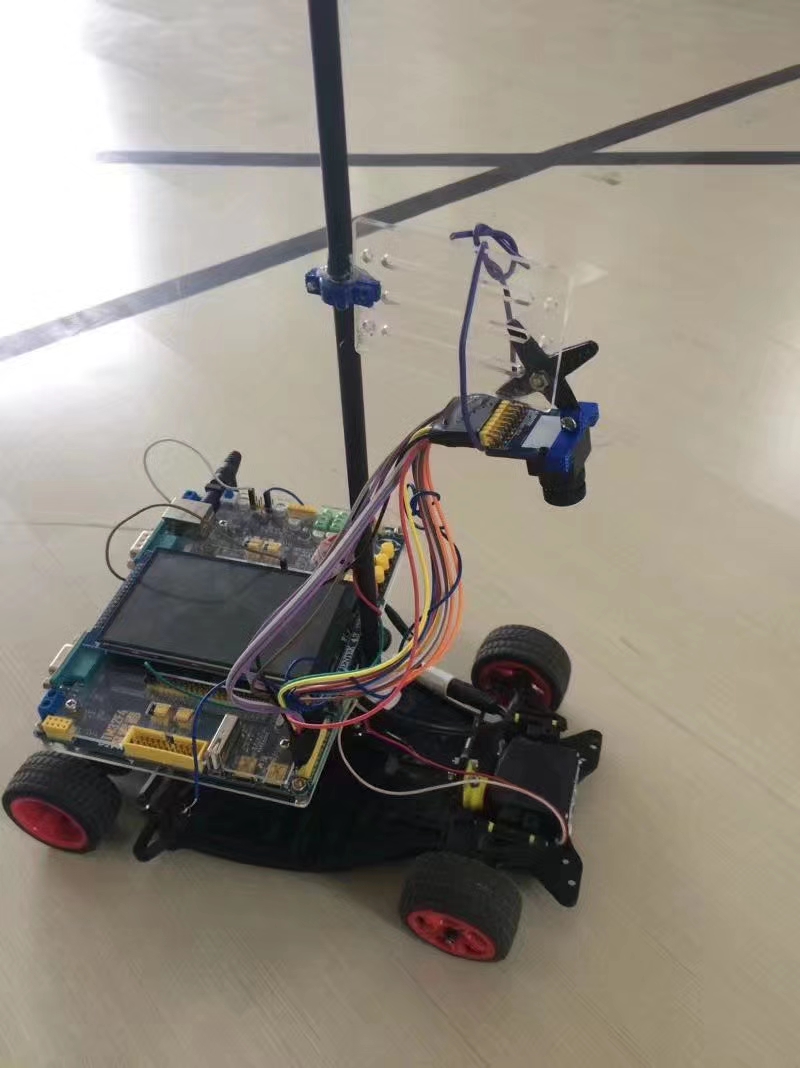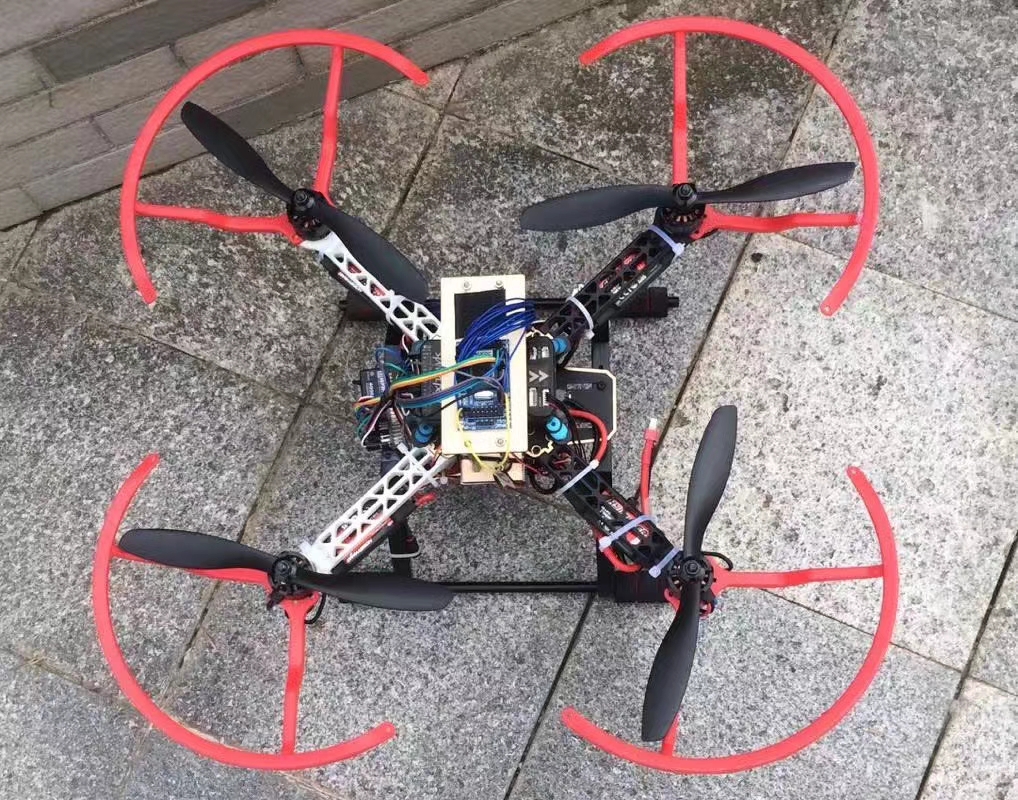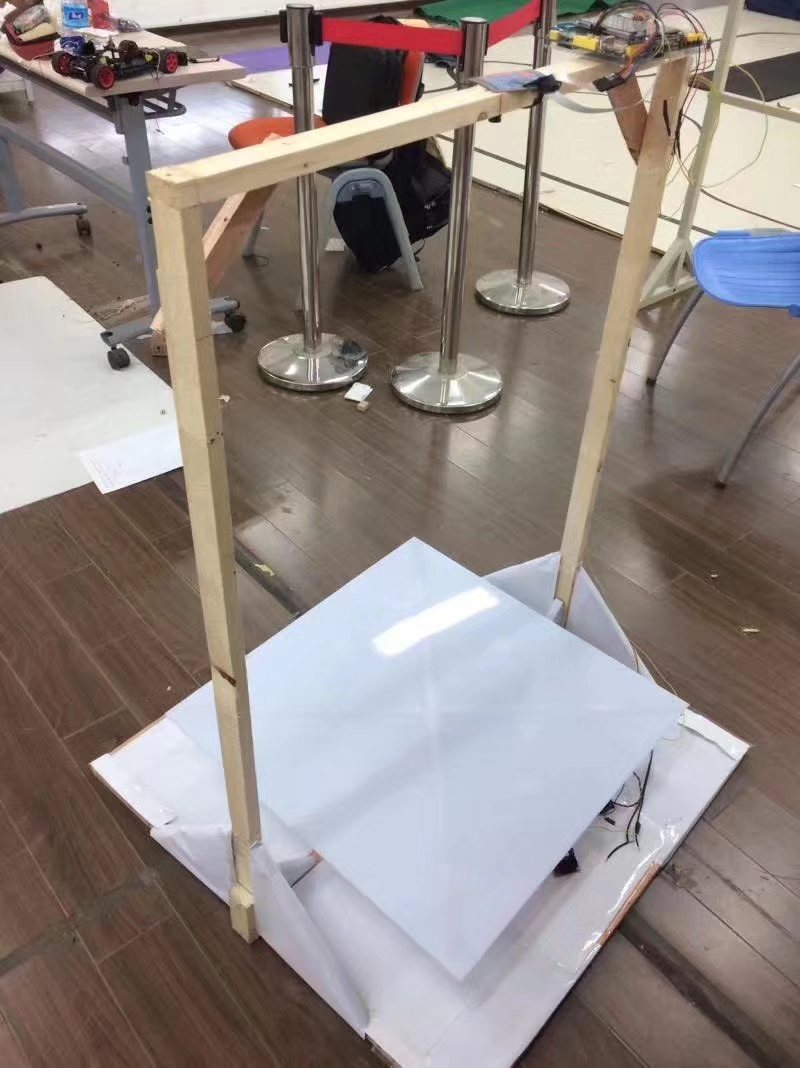National Undergraduate Electronic Design Competition
本文于1369天之前发表,文中内容可能已经过时。如有疑问,请在评论区留言。
Competition Qualification Selection
The school of electronic engineering and optoelectronic technology(EO) of Nanjing University of Science and Technology(NJUST) selected the students.
The title of the selection is robot car which can identify and avoid obstacles. We use the embedded development board based on STM32-M4, combined with linear motor car and monocular camera to complete this project. The image collected by the camera is divided into two parts. The upper part is used to identify obstacles, and the lower part is binarized and used for track tracking. The weight algorithm is used to identify the steering after orbit. Compared with PID algorithm, the algorithm is faster, and it is suitable to command the robot to complete the given action. The linear motor is controlled by PWM wave output of the development board. Finally, in the control group of the college’s trials, our team achieved the best results.

Training Stage
Under the guidance of Lecturer Sun, we studied and controlled the four axis unmanned aerial vehicle (UAV). The status information of UAV is obtained by detecting gravity sensor and acceleration sensor through stm32m4 integrated development board. The PID algorithm is used to calculate the action of UAV. The motor of UAV is driven by PWM wave to complete the specified action.

Competition
The titles we participate in are based on the Ball-Plate-System. We are asked to control the ball on the control board to reach the designated position through the three-dimensional state of the control board.
We loaded the cardan shaft in the center of the board and controlled the steering of the board in X-Z, Y-Z through two steering servo motors. This device successfully controlled the movement of the ball on the board. By controlling the coefficient of PID algorithm, the precise control of the ball is realized. In addition, by measuring the flatness of the plate, the stable state of the ball is adjusted in many uneven areas, so that the ball can achieve the steady state of zero speed at the target point.



